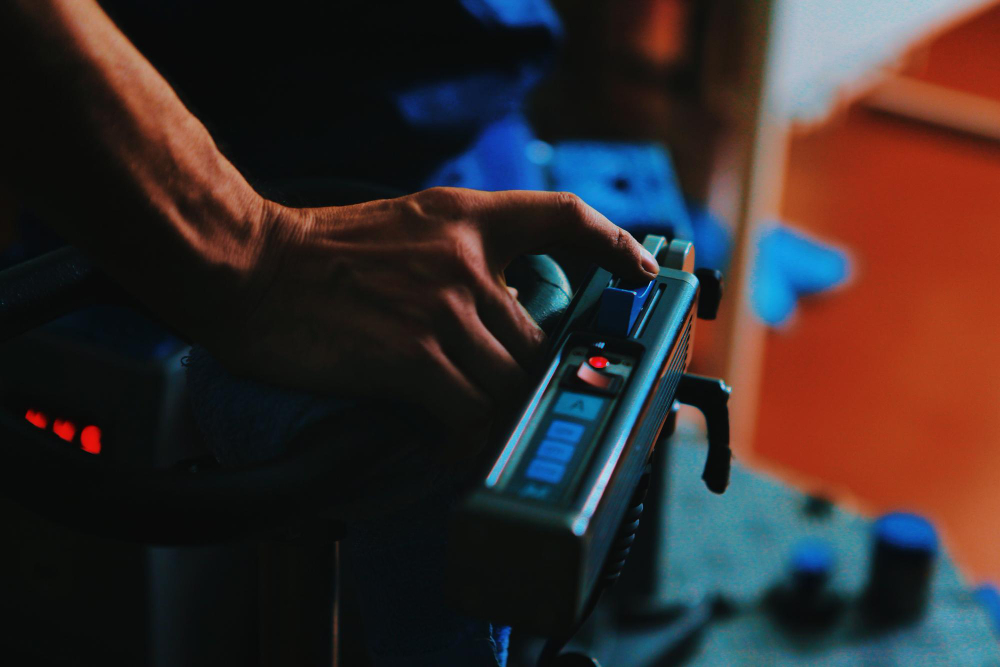Manual Settings HSSGameStick – A Complete Guide for Smooth Gaming
In the world of compact gaming consoles, the Manual Settings HSSGameStick plays an important role in helping players achieve a smoother, more reliable gameplay experience. While these plug-and-play devices are designed for simplicity, users sometimes face lag, screen flickers, or control delays. Knowing how to adjust the manual settings not only prevents frustration but also makes the system perform closer to its full potential.
This article takes a deep dive into how to understand, adjust, and customize the manual settings HSSGameStick in the simplest way possible, without needing complicated instructions or advanced technical knowledge.
Why Manual Settings Matter on HSSGameStick
Most gaming sticks are marketed as “ready to play,” but real-world use often tells a different story. Games may not scale well to modern displays, controllers sometimes lose calibration, and the default performance can feel underwhelming.
By exploring the manual settings HSSGameStick, players can:
- Fix common lag or delay issues.
- Adjust resolution for better visual clarity.
- Reconfigure controller input for smoother gameplay.
- Optimize audio to match TV or external speakers.
- Personalize storage and save settings.
In short, manual tweaking ensures that the device adapts to you, instead of you adapting to the device.
Adjusting Display Settings for Clearer Graphics
One of the most common complaints is blurry or stretched graphics. Luckily, the manual settings HSSGameStick allow you to tweak display options.
Resolution Adjustment
Older games were built for smaller, square-shaped screens, but modern TVs are widescreen. By navigating into the resolution menu, users can select from multiple display modes, such as:
- 4:3 mode for authentic retro visuals.
- 16:9 mode for widescreen TVs.
- Custom scaling to avoid black bars or distortions.
Refresh Rate Tuning
If screen tearing or flickering occurs, switching the refresh rate in the manual settings often resolves the problem.
Reconfiguring Controllers for Better Response
Controllers are the gateway between the player and the game. Poor calibration can ruin the fun. In the manual settings HSSGameStick, players can:
- Remap buttons to suit personal play style.
- Adjust sensitivity for joysticks and D-pads.
- Enable vibration feedback for supported games.
- Sync multiple controllers for multiplayer without lag.
For competitive players, even a slight tweak in button mapping can create a noticeable improvement in speed and reaction time.
Fixing Game Lag with Performance Settings
Lag is one of the most frustrating issues, but it can usually be fixed through performance tuning. Within the manual settings HSSGameStick, look for:
- Frame rate limiter – stabilize gameplay by locking frames to reduce stutter.
- Performance mode – prioritizes smooth running over flashy graphics.
- Cache reset – clears temporary files that slow down game response.
These features make even older titles feel more responsive.
Audio Configuration for Immersive Gameplay
Good sound is half of the gaming experience, and the manual settings HSSGameStick allow players to enhance audio output.
- Balance left/right channels to match speaker placement.
- Surround simulation for TVs that support stereo expansion.
- Volume normalization to avoid sudden loud spikes.
When properly tuned, background music, sound effects, and character voices feel balanced and engaging.
Storage and Save Data Management
Another area where users often struggle is managing saves and files. The manual settings HSSGameStick include tools for:
- Expanding storage using SD cards or USB devices.
- Backing up save files to avoid data loss.
- Organizing game lists for easier browsing.
- Factory reset option for a fresh start if errors persist.
By learning these tools, players can ensure their progress and files remain safe.
Troubleshooting Common Problems with Manual Settings
Even with adjustments, issues sometimes persist. Here are practical fixes using the manual settings HSSGameStick:
- No sound? Recheck HDMI output in audio settings.
- Controller not detected? Re-sync in controller configuration.
- Game freezes? Clear cache and restart the console.
- Wrong aspect ratio? Switch resolution manually.
These small steps solve most issues without needing professional repair.
Personalizing the HSSGameStick Experience
Beyond fixing problems, the manual settings HSSGameStick also open doors to personalization. Players can:
- Change menu themes or backgrounds.
- Organize favorite games for quick access.
- Adjust language and regional settings.
- Enable parental controls for safe family gaming.
This flexibility transforms a simple stick into a tailored entertainment hub.
Pro Tips for Getting the Most Out of Manual Settings HSSGameStick
- Experiment with small changes – adjust one setting at a time to see the effect.
- Keep firmware updated – some new settings appear after updates.
- Use recommended TV settings – combine console tweaks with TV picture adjustments.
- Document your changes – if something goes wrong, you can restore the previous configuration.
- Test different controllers – some third-party pads work better with remapping.
Final Thoughts
The manual settings HSSGameStick may seem intimidating at first, but they are the hidden secret to unlocking a smoother and more enjoyable gaming experience. From fixing lag and improving visuals to customizing controls and audio, these settings give players complete control over how the system behaves.
Instead of relying solely on default options, learning to adjust manual settings ensures that every session feels polished, personal, and frustration-free. Whether you’re a casual gamer or someone who enjoys tweaking every detail, the HSSGameStick responds well to customization.



